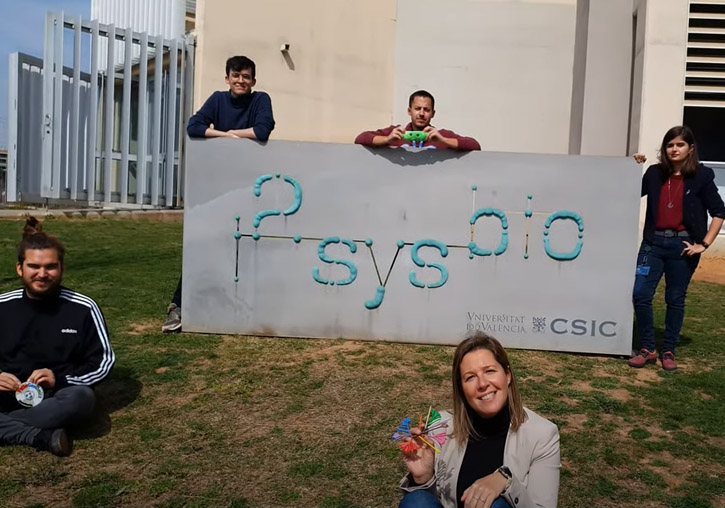I2SysBio joins the events of World Tuberculosis Day
- Scientific Culture and Innovation Unit
- March 24th, 2022

The PathoGenOmics group of the Institute of Integrative Systems Biology I2SysBio (joint center Universitat de València-CSIC), led by Ramón y Cajal (UV) researcher Mireia Coscollá, investigates two of the deadliest pathogens in the world: Mycobacterium tuberculosis and SARS-CoV-2. The members of the group have joined the campaign “Invest to End TB. Save Lives” campaign, an WHO initiative coordinated by Zaragoza University for the World Tuberculosis Day.
World Tuberculosis Day takes placeevery year on March 24, to raise awareness of the terrible social, economic and health consequences of tuberculosis (TB) and to accelerate efforts to end the global TB epidemic. This date commemorates the day in 1882 when Robert Koch announced that he had discovered the bacterium that causes TB, Mycobacterium tuberculosis, which made it possible to diagnose and cure the disease. World Tuberculosis Day is a day to educate the public about the impact of tuberculosis worldwide. The University of Zaragoza has coordinated the activity WHO “Invest to End TB. Save Lives” in which TB research groups briefly describe in a video what their work consists of. The campaign successfully joined efforts of 22 TB research groups located in South Africa, Spain, France, Italy, Sweden, Mexico, Cuba, Belgium, and Germany that share their messages with the world simultaneously on March 24.
One of the objectives of PathoGenOmics research is the study of the genomic diversity of M. tuberculosis, its origin and evolution. To this end, they decipher the evolution and phylogenetic relationships of the different types of M. tuberculosis, including ecotypes adapted to animals by means of evolutionary genomics. They also seek to unravel the role of host-pathogen interaction in the disease by investigating immune compatibility and evasion by antigenic diversity, combining genomics and immunology.
Link to video: https://youtu.be/iEdEcXW1bEc



















